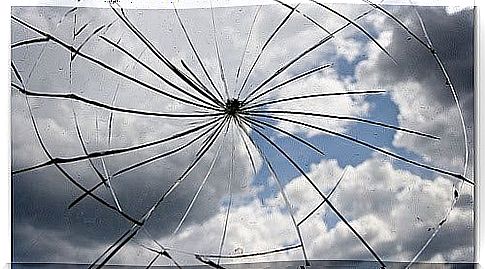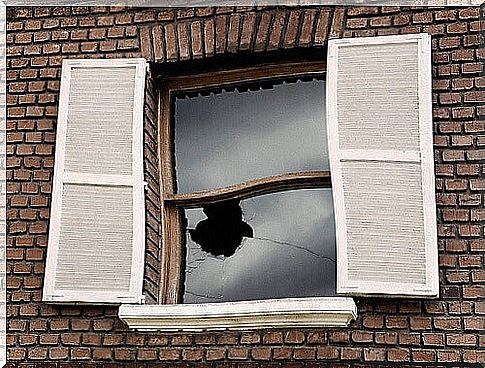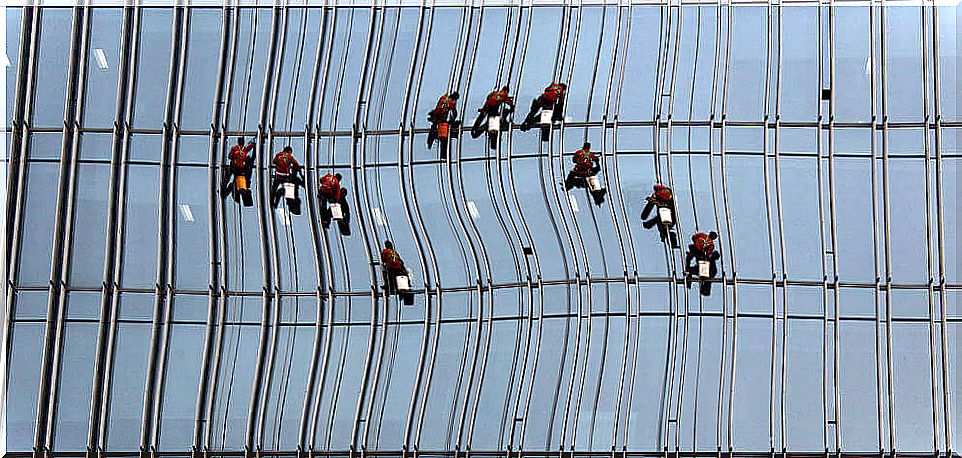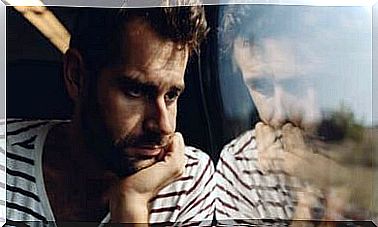Have You Heard Of The Theory Of Broken Windows?

Imagine walking down the street eating an orange and when you stop eating, you have a pile of shells that you want to throw away. You won’t see a trash can anywhere nearby, so your gaze shifts to the ground. If you find other debris in the country, it is more likely that you will throw yours there as well. But if there’s no other debris on the ground, you’ll probably think twice before throwing the shells on the ground. At least according to the theory of broken windows.
The theory of broken windows, also known as the theory of broken glass, predicts that environmental degradation can lead people to think that the law does not exist. Thus, in a situation where there are no rules, vandalism is more likely to occur.
Examination of broken windows
Professor Phillip Zimbardo, known for the famous Stanford prison experiment that led to films and books on the subject, also conducted another acclaimed but lesser-known experiment. In this experiment, two abandoned cars were left out, one in a poor and problematic neighborhood and the other in a rich and peaceful area.
The result was not very difficult to confirm. Within a few hours, the car, which was in a poor area, was already suffering considerable damage. While the car, which was in a rich area, remained intact. These results make it easy to conclude that poverty and exclusion were “guilty” of the crime.

However, the study was not yet completely over. After a week, the car in the poor neighborhood was completely destroyed, while the car in the rich neighborhood remained scratch-free. Investigators decided to change the situation somehow and broke one window of a car that was otherwise perfectly fine. What do you think happened? Robbery, violence, and vandalism put the vehicle in the same state as a car in a poor neighborhood.
In the end, they came to the conclusion that the cause was not poverty, but a broken window in an abandoned car signaling deterioration, indifference, and a lack of caution. This in turn creates a sense of lack of laws and rules. A broken window made it look like everything was allowed. In that situation, every blow from which the car suffered only reinforced and spread the idea until vandalism became uncontrollable.
Broken windows in the city
The New York subway was one of the most dangerous places in the city in the 80s. Utilizing the theory of broken windows, repair of the damage experienced by subway stations began. They were cleaned, the graffiti covered with paint and the petty thefts struck and made sure everyone paid. As a result, the subway became a safe place.
As a result of these results, zero tolerance was introduced in New York. Violation of any law or lifestyle rules was prohibited and cleanliness as well as maintaining order were supported in the communities. The result was once again a large drop in crime statistics in the city of New York.

Evidence of broken windows
The confusion created by unclear rules means that breaking windows continues, creating a situation similar to that in the car test. This can happen in organizations when the flexibility they offer becomes too loose. If there was a broken window in the building that no one would repair, the other windows would soon experience the same fate. If a community shows signs of decay and no one cares, it can lead to more crime in the community.
Small problems can lead to huge violations, which in turn lead to chaos. This does not happen only with material things; another clear example is corruption. If minor violations are allowed then more and more people will start doing the same thing more regularly. The solution may be to create clear rules and exceptions, as long as it does not happen too late.









